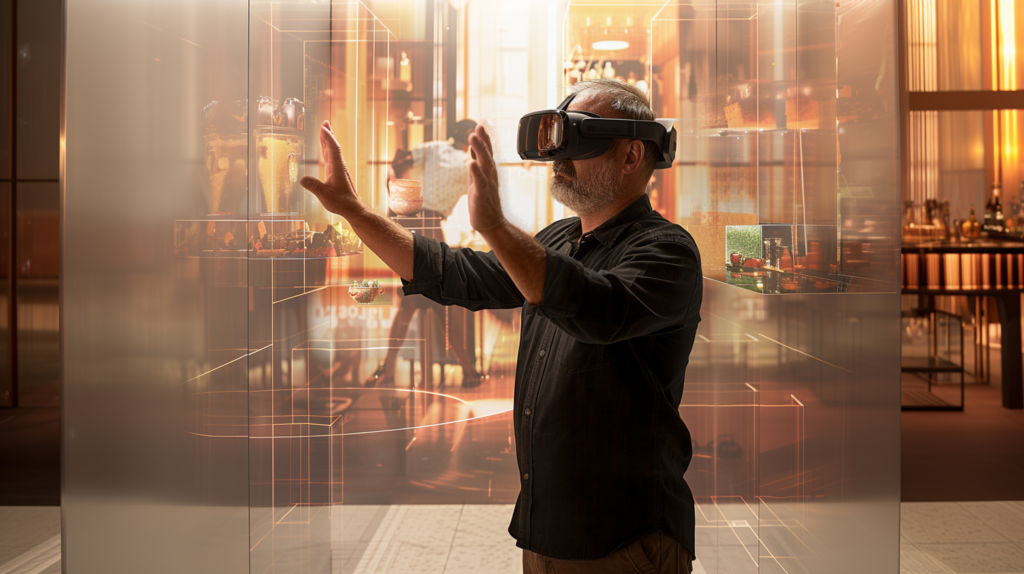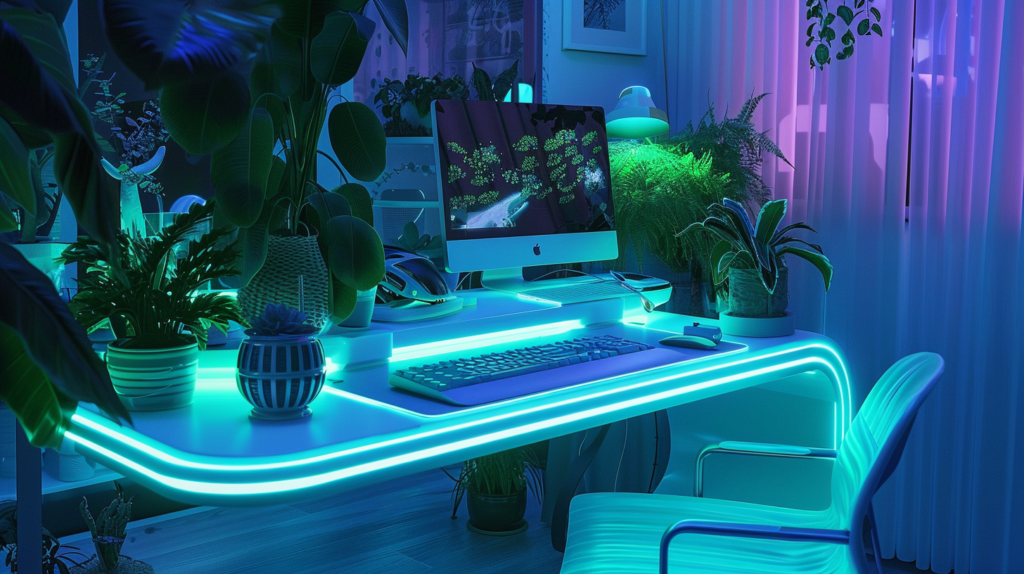
Well, well, well! Look who’s decided to dip their toes into the exciting, and occasionally nauseating, whirlpool of UX in Virtual Reality. Let’s put aside the joysticks and Call of Duty for a moment, shall we? Because VR is not just about headshots and victory dances. It has evolved far beyond the realm of gaming. It’s time to buckle up as we delve into the fascinating evolution of UX in Virtual Reality.
UX in Virtual Reality has taken a dramatic turn over the last decade. Yes, that’s right, my dear readers, we’ve moved far beyond the pixelated, clunky experiences of the past. The VR of yesteryears was akin to a petulant toddler, demanding, full of potential, but with an attention span shorter than a goldfish’s memory. Fast forward to today, and we’ve got a full-blown teenager on our hands – still a bit awkward, but with grandeur dreams and impressive capabilities.
The evolution of UX in Virtual Reality has been driven by an insatiable desire to blur the lines between the virtual and the real. The magic lies in crafting experiences that feel so real, users forget they’re wearing a headset that looks like a reject from a Star Trek prop auction. The ultimate goal? Seamless immersion, where users are not just observers but active participants in their virtual environment.
Think about it. You’re not just watching a cooking show anymore; you’re in the kitchen, chopping those onions without shedding a tear. You’re not just studying the Sistine Chapel in a textbook; you’re floating beneath Michelangelo’s masterpiece, seeing every brushstroke in intricate detail. The gaming-goggles are off, folks. We’re staring at a future where UX in Virtual Reality transforms not only how we play, but how we learn, work, and interact.
The evolution of UX in Virtual Reality hasn’t been a smooth journey, though. It’s been less of a walk in the park and more of a rollercoaster ride through an active earthquake zone. There’s been the challenge of achieving natural interaction, for one. Do you recall the days of flailing around like a possessed marionette just to pick up a virtual cup? Thankfully, advancements in motion tracking and haptic feedback now allow users to interact more naturally with their virtual environment.
Then there’s the issue of navigation. Teleportation may work for Doctor Who, but it’s a tad jarring for the average user. Thankfully, UX designers have been burning the midnight oil, crafting intuitive navigation systems that prevent users from feeling like they’ve been tossed into a virtual tumble dryer.
And let’s not forget the infamous ‘motion sickness’, the nemesis of UX in Virtual Reality. With improvements in visual fidelity and frame rates, coupled with better body-tracking, we’re slowly but surely conquering this virtual beast, making the VR experience more comfortable for users.
The evolution of UX in Virtual Reality is just beginning. As VR technology continues to mature, we can expect to see even more sophisticated and immersive experiences. The gaming industry blazed the trail, showing us the potential of VR. But the future of UX in Virtual Reality lies in its ability to transcend the gaming realm and permeate every aspect of our lives.
So, bid adieu to the days when VR was all about dodging pixelated bullets and clumsy zombies. The era of VR being confined to the gaming world has been checkmated. The evolution of UX in Virtual Reality is creating a world where virtual experiences are as rich, interactive, and meaningful as our real-world experiences.
Are you ready to strap in and join the journey? It promises to be a wild, exhilarating ride. Just remember to keep your virtual seatbelt fastened. You never know what’s coming next in the rapidly evolving world of UX in Virtual Reality.


